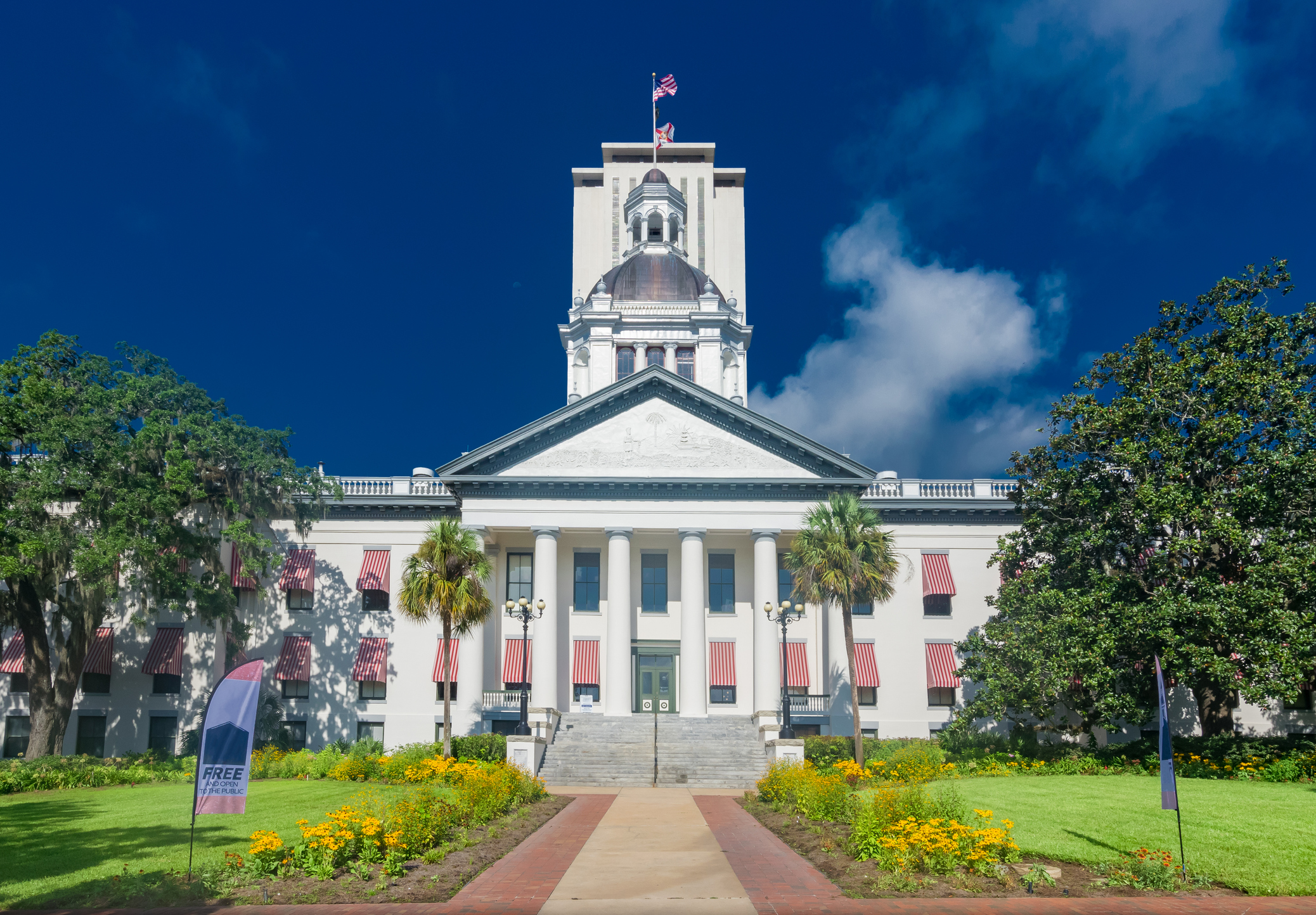2021 continues to make history as a severely damaging year for reproductive rights. After the passing of Senate Bill 8—the new Texas law banning abortion procedures after six weeks into pregnancy—on September 1, many realized it was only a matter of time before other states would follow suit with similar legislation. Florida was the first to move, with Representative Webster Barnaby introducing House Bill 167 on September 22. The bill bans abortions after six weeks and, like Texas’s, allows citizens to bring lawsuits against anyone who facilitates an abortion after the six-week marker. At six weeks, many people are not even aware they are pregnant. In essence, SB 8 and HB 167 are complete abortion bans. Neither allows for exceptions in cases of rape or incest.
Representative Barnaby’s legislation incentivizes private citizens to police abortion procedures by offering a guaranteed monetary reward for successful legal cases. In an even more extreme move, HB 167 would allow lawsuits to be brought within six years after the alleged abortion; Texas’s blueprint legislation caps lawsuits at four years. The method behind these bills—using private citizens, rather than the state, to enforce the ban—is untested by the court system. The Supreme Court chose not to intervene in Texas’s legislation, passively allowing the bill to go into effect. Instead, the Justice Department sued Texas for enforcing SB 8, citing the Supremacy Clause and the Fourteenth Amendment.
These bills intend to shut down abortion clinics in their respective states by increasing the burden of care and threatening clinics with expensive legal fees. The economic realities of extreme abortion bans, though, have an exceedingly harmful effect on pregnant people. In Florida, restrictive reproductive health care policies like HB 167 cost the state around $6.6 billion a year. Without such restrictions, an additional 33,000 women could enter the workforce. For the one-in-six women and girls of reproductive age who live below the federal poverty line in Florida, access to comprehensive family planning services is critical, representing a pathway toward reproductive freedom and economic security.
While the goal of legislation like HB 167 is to reduce the number of abortions by any means possible, barriers to access fall unevenly and are particularly harmful to already marginalized communities. In Florida, low-income, Black, Hispanic, Asian, Indigenous, rural, LGBTQ+, and young pregnant people face disproportionate harm from abortion restrictions. With lower-than-average insurance rates, less access to transportation, and difficulty obtaining medically accurate information, these communities faced additional structural burdens even prior to the introduction of abortion bans and other restrictive legislation. It is important to note, too, that abortion rates decrease not as a result of restrictive legislation and decreased access but instead from increased access to contraceptives.
The pandemic recession compounded existing economic inequities across the United States. Women, particularly women of color, lost their jobs, health insurance, and economic stability during the early months of the pandemic. The slow recovery from this “she-cession” has left behind vulnerable populations, further exacerbating unequal access to reproductive health care and increasing disparities in reproductive health outcomes more generally. As such, extreme abortion bans target women already facing hardship as the economic fallout of the global pandemic continues.
Meanwhile, anti-choice lawmakers made clear that they intend to overturn Roe v. Wade via restrictive state-level legislation. In the past decade, anti-choice lawmakers enacted over 500 abortion restrictions in the pursuit of a federal abortion ban. In December, the Supreme Court is set to hear arguments regarding a Mississippi law that bans abortions after 15 weeks. The conservative majority could easily uphold the law, reversing key elements of Roe in the process.
A frightening number of states—including Arizona, Arkansas, Georgia, Indiana, Mississippi, Missouri, North Dakota, South Carolina, South Dakota, and West Virginia—have all signaled they will follow Texas’s lead with forthcoming abortion bans. New research from the Center on the Economics of Reproductive Health at IWPR shows that the economic impact of this is severe: Abortion restrictions would cost these states millions, if not billions, of dollars each year and restrict thousands of women from labor force participation.
If more states follow Texas’s model with harmful legislation, the effects on millions of Americans could be devastating. Restricting access to comprehensive reproductive health care has steep costs for economies and for women. As we move toward a post-pandemic recovery, it is essential to ensure that all women have equitable access to reproductive health services, including abortion. It is vital for the economic well-being of states, women, and families.
###
For more information on IWPR’s Center on the Economic of Reproductive Health, click here. And for more information on the economic impact of reproductive rights restrictions in your state, check out IWPR’s interactive map and tool here.


